What Is the Male Gaze?
How has the male gaze affected your favorite film and television shows? We go over the definition and examples.
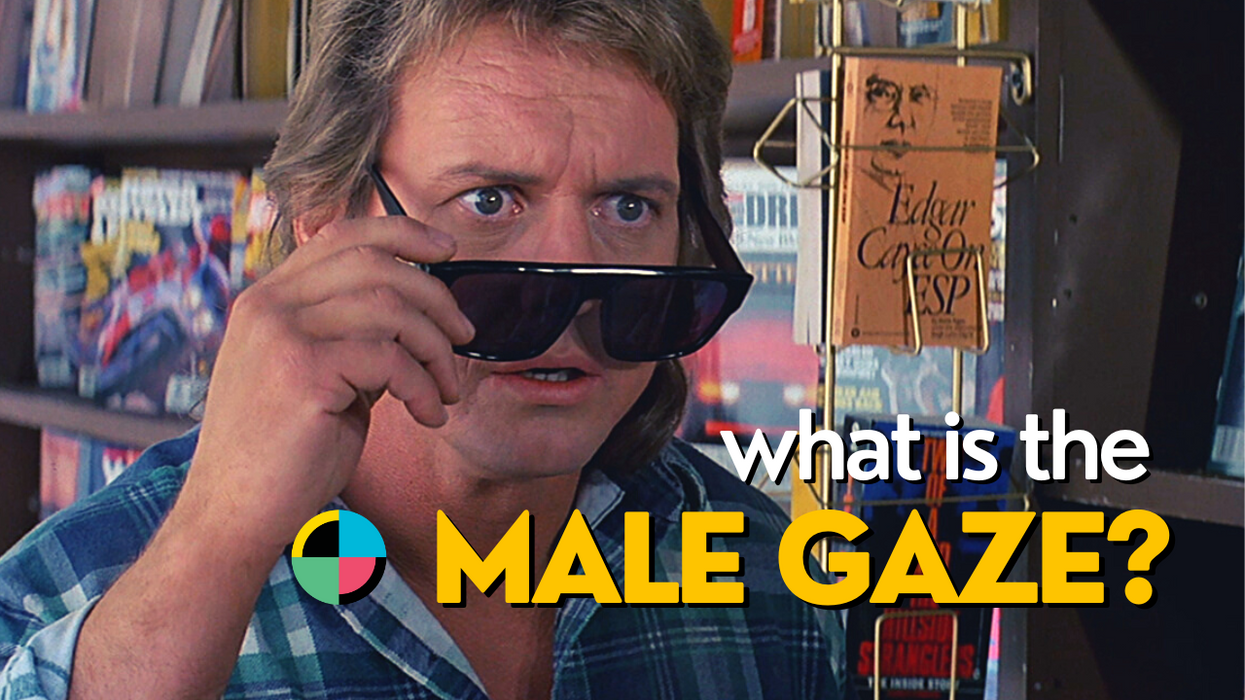
One of the topics Hollywood is coming to reckon with now is the question, "What is the male gaze?"
Throughout the history of movies and TV, we've seen a lot of things made from the heterosexual male point of view, and it created this situation.
Today, we're going to talk about the male gaze, the female gaze, representations of women, and a very important essay by theorist Laura Mulvey. We'll even talk about whether or not it objectifies women. Sound good?
Let's get started by going through the word and definition.
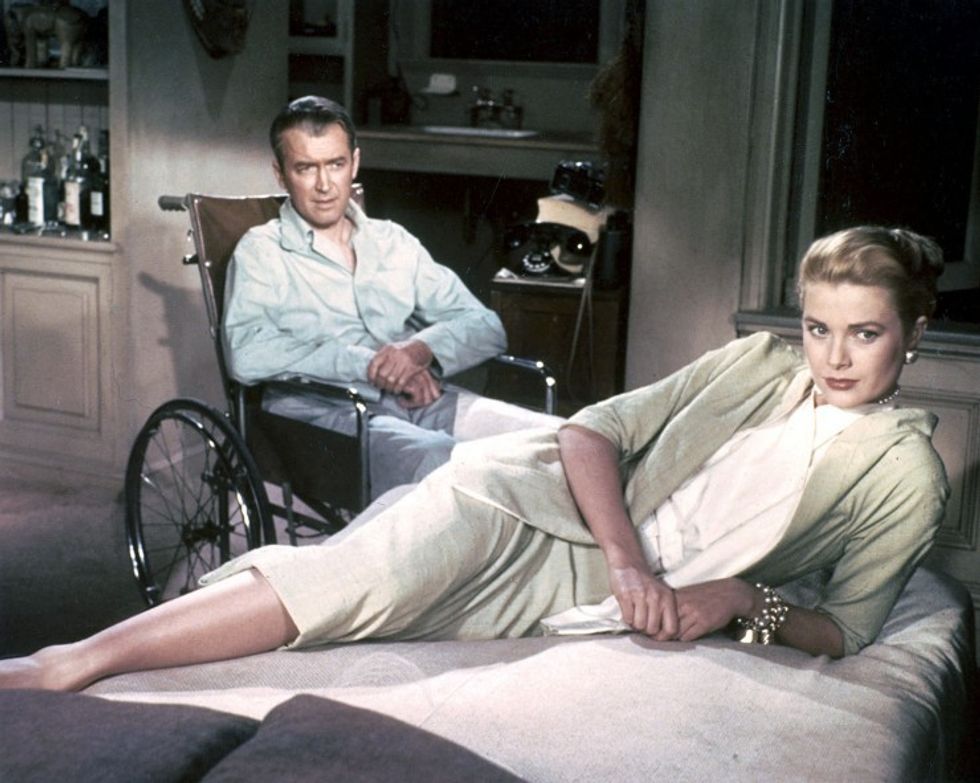
What Is the Male Gaze? (Definition and Examples)
This is one of those topics where things are going to get uncomfortable. But this topic matters for writers, directors, and producers.
Not only is it a part of film theory that we should acknowledge, but the objectification of women is something we can change inside the Hollywood mechanism.
These are real-life people, not sexualized objects. We'll try to learn how we can make things better.
"The Male Gaze" Definition
The male gaze refers to a way of portraying and looking at females that sexualizes and lessens women while giving the power over them to men.
If you want to see if the Male Gaze is in what you're watching... as these questions:
- Who is the individual filming?
- Who are the characters in the film?
- And who is meant to be the spectator?
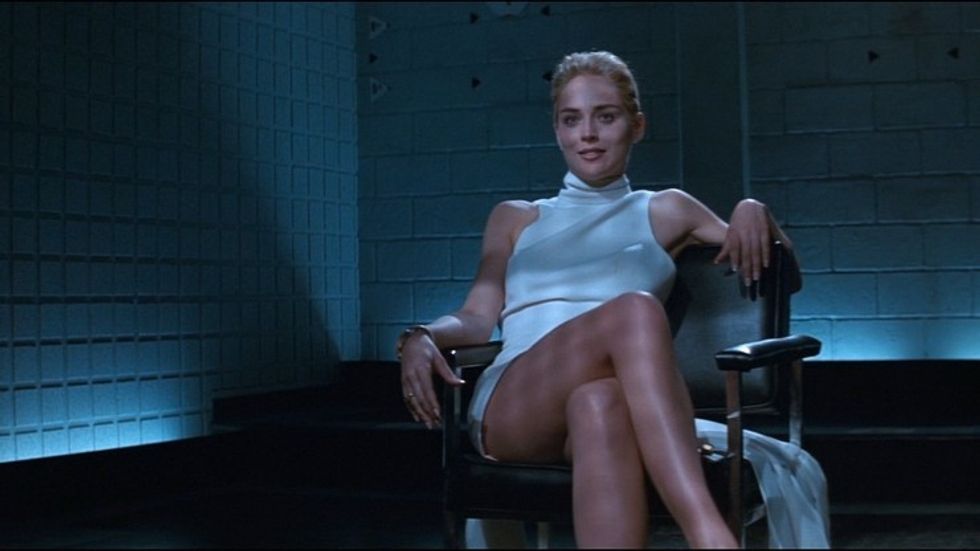
The Nuance of the Male Gaze
There is, of course, a biological reason men and women are attracted to one another.
But the male gaze twists this urge, turning women into passive props for sexual use and gratification, which actually makes sense in some movies and show contexts, but sometimes is lazily thrown in there.
Why Do We Have the Male Gaze?
Art has been made from the heterosexual male point of view for a long time. This is not to say that there were not women painters and sculptors and writers. But I don't think anyone can argue that the male perspective has outweighed the female perspective for thousands of years.
Look at it this way, in The Iliad, one of our oldest pieces of writing, when Helen of Troy left, it was just her face that launched 1,000 ships. Not her personality or soul.
And think about all the Renaissance nudes painted just for people to look at women's naked bodies.
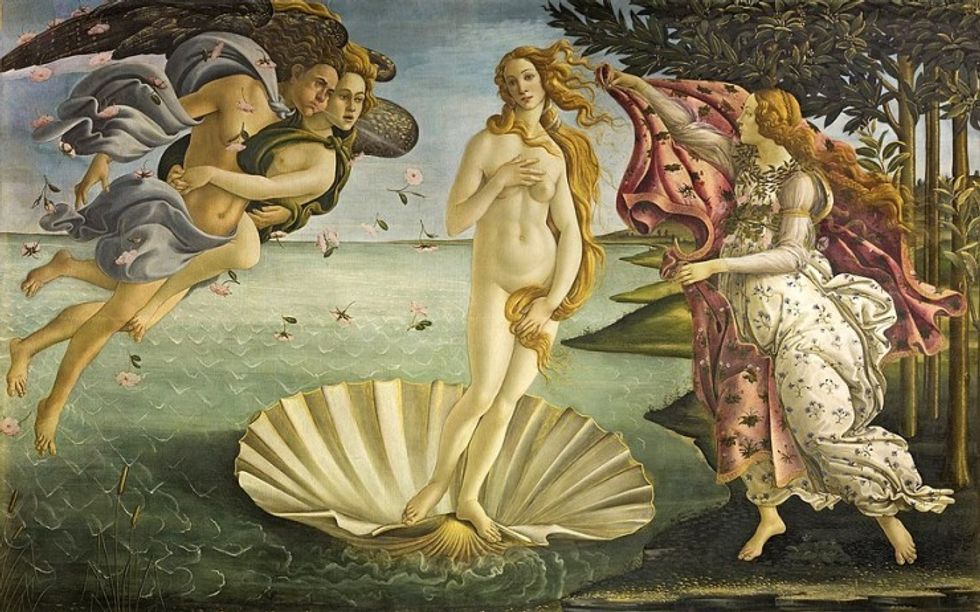
Who Coined the Term "The Male Gaze"?
As far as the term goes, in 20th-century French philosophy people began to debate the point of view of art creations. The term "male gaze" was first used by the English art critic John Berger in a series of films for the BBC called Ways of Seeing, which aired in January 1972. He also wrote a book where he analyzed the treatment of women as objects in advertising and nude paintings.
But when it came time to make the term popular, British feminist film theorist Laura Mulvey diagramed the notion of the "male gaze" in her 1973 essay "Visual Pleasure and Narrative Cinema," which was published in 1975 in the film theory magazine Screen. (You should definitely read this essay.)
Mulvey proposed that sexual inequality, meaning the power imbalance between men and women, deeply affects the cinematic representations of women and men. She went on to further say the male gaze is a social construct that is rooted in the patriarchy.
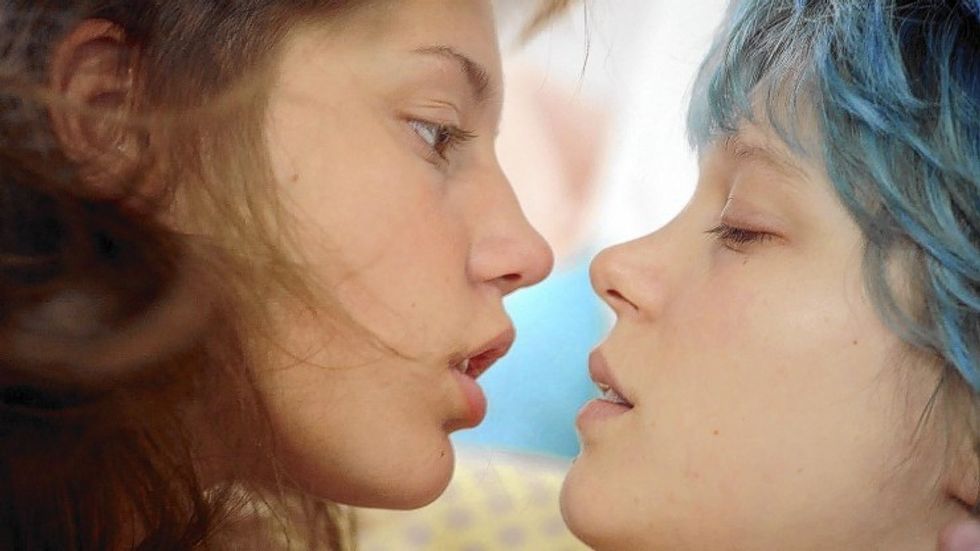
Male Gaze Examples
Many male gaze shots come in medium close-up shots of women from over a man’s shoulder, shots that pan across and over while fixating on a woman’s body, and close-ups on various body parts which show a man actively observing a passive woman.
These shots occur in every genre of film and television show.
In their essay about the male gaze and feminism, author Joan Amenn writes:
When woman [sic] are the protagonists of action-based films they will continue to be presented through the lens of the male gaze. This is a character trope referred to as the "fighting f*ck toy," a term coined by Caroline Heldman who states the following: “The FFT appears empowered, but her very existence serves the pleasure of the heterosexual male viewer. In short, the FFT takes female agency, weds it to normalized male violence, and appropriates it for the male gaze."
We could pull a lot of examples from the James Bond movies, whose Bond girls mostly exist to scintillate male viewers and frequently are there just for eye candy.
Or what about a shot where a woman enters a room, and we follow her butt? Many of these shots happen in the Fast and Furious franchise.
I do not think it is hard to think of examples here. Even in a horror movie like Psycho, we get shots of women in their underwear, being leered at by men, and a naked shower murder with no real nudity but suggested nudity. And in that movie, that nudity motivates a killer man because of how it affects his gaze.
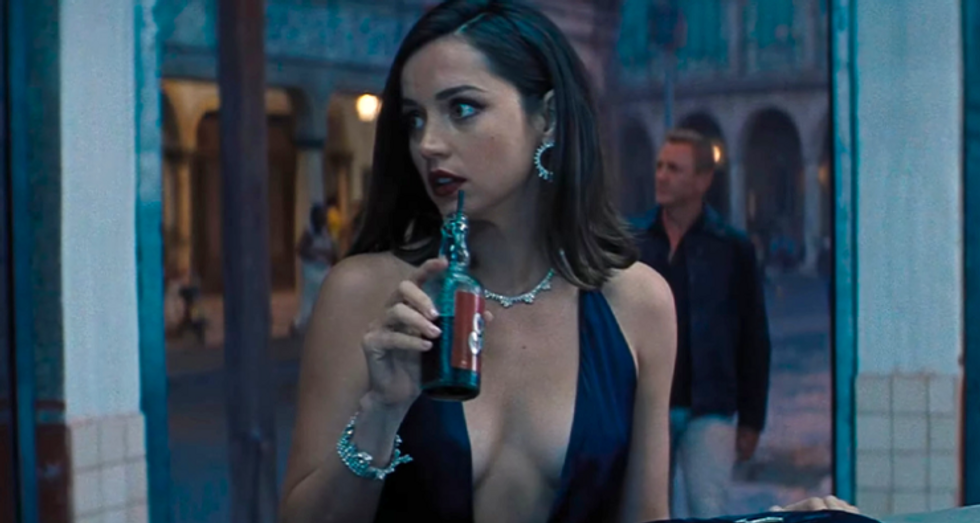
Is the Male Gaze Harmful?
Many researchers believe that the male gaze is harmful. Not only has it affected a way of thinking about men and women for generations, but it also has affected society in many pervasive ways.
What Are the Effects of the Male Gaze?
We're just now learning the harm of having cultural depictions of women formed this way.
Psychology of Women Quarterly published a study called "A Test of Objectification Theory: The Effect of the Male Gaze on Appearance Concerns in College Women" by Rachel M. Calogero. In the study, she shows that the male gaze can have damaging effects on women's self-esteem and self-objectification.
This can lead to increased body shame and mental anguish.
There were also internalized problems with mental states and feelings of anxiety about physique and body shape.
How Do We Change the Male Gaze?
This is a great question. I'm not sure this is ever going to be something we eradicate, because there are plenty of people who enjoy this point of view. It's sort of become inherent in some types of Hollywood movies.
But I think what needs to happen is that we have to shift the imbalance, where this is the majority of content made. To combat this, we need more female nonbinary directors, cinematographers, producers, development executives, and writers.
In general, we need to hire and work with more women and nonbinary creators of all backgrounds. The more diversification we can achieve, the more we can work with new points of view and try doing things in a new way.
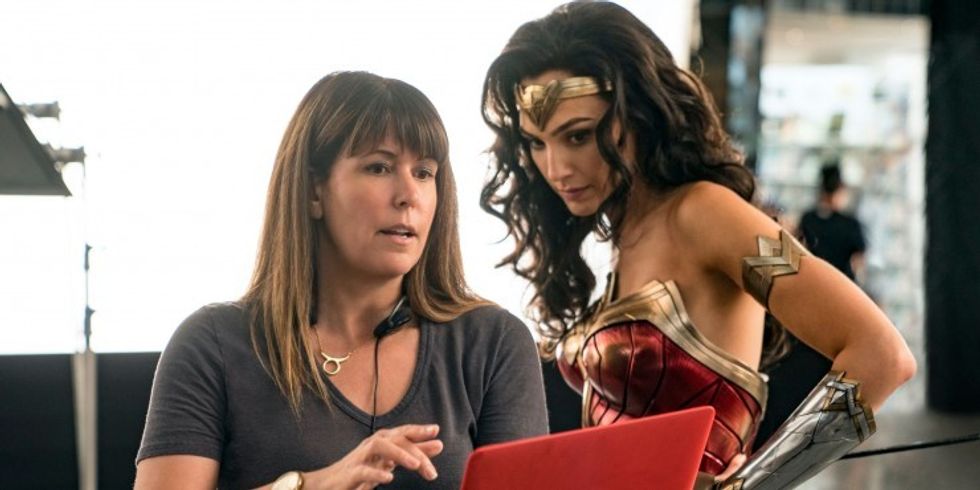
Male Gaze Criticisms
Of course, there's a whole sector of critics who don't buy into the male gaze. They think it goes against feminism, rejecting the idea that women can be made weak by admiring their bodies or that things are as simple as sexualization is exploitative of power dynamics.
Theorist Camille Paglia rejected the concept of the cinematic male gaze, saying:
From the moment feminism began to solidify its ideology in the early '70s, Hitchcock became a whipping boy for feminist theory. I've been very vocal about my opposition to the simplistic theory of "the male gaze" that is associated with Laura Mulvey (and that she herself has moved somewhat away from) and that has taken over feminist film studies to a vampiric degree in the last 25 years. The idea that a man looking at or a director filming a beautiful woman makes her an object, makes her passive beneath the male gaze which seeks control over woman by turning her into mere matter, into "meat"—I think this was utter nonsense from the start. It was formulated by people who knew nothing about the history of painting or sculpture, the history of the fine arts. It was an a priori theory: First there was feminist ideology, asserting that history is nothing but male oppression and female victimization, and then came this theory—the "victim" model of feminism applied wholesale to works of culture.
There are so many points of view on this subject. I encourage you to seek them out and form your own opinions.
Aside from the male gaze, I feel like we should mention there is also a "female gaze" that's risen in the last few decades.
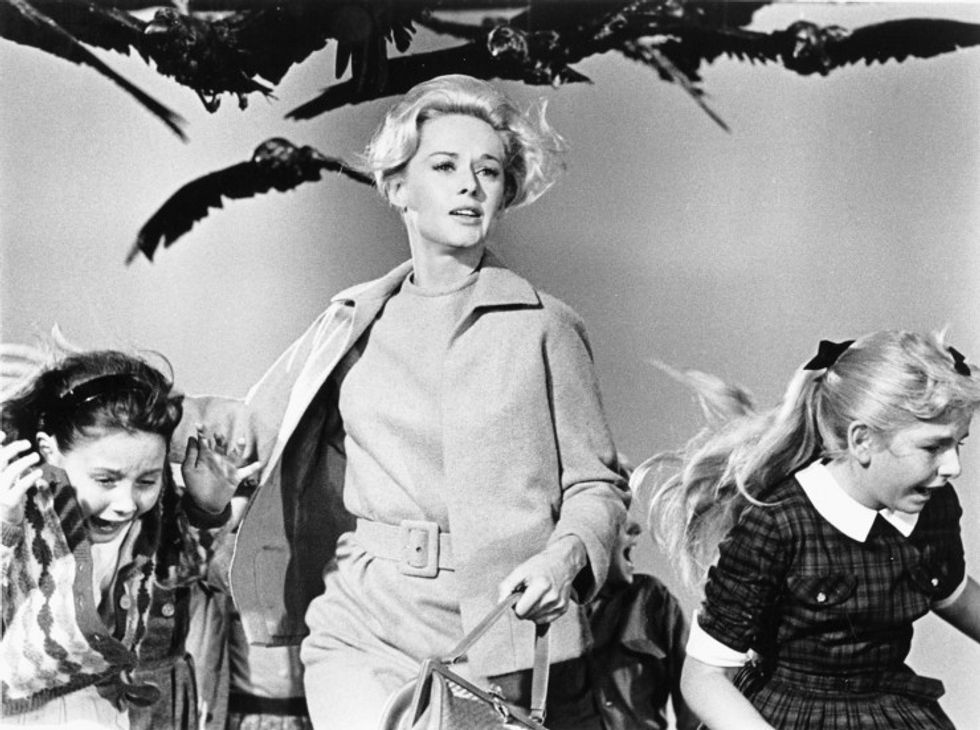
"The Female Gaze" Definition
The female gaze is a feminist theory term referring to the gaze of the female character or director in film and television (as well as other artistic endeavors). More than just gender, the female gaze focuses on representing women as subjects having agency in their own stories—which was the biggest gripe with women shown in the male gaze.
The female gaze has three points of view: the individual filming, the characters within the film, and the spectator. These three viewpoints also are part of Mulvey's male gaze, but here it's centered on women.
The Female Gaze Examples
The female gaze is not showing men in sexy poses or without agency—it's about every character having the agency they need. You can also show sexuality like done in Wonder Woman, when Chris Pine's Steve Trevor (the male protagonist) emerges from the bath completely naked.
This mocks the male gaze but supports the scene with distinct reasoning he's naked. And urgency for his male character.
Andrea Arnold's excellent film, Fish Tank, talks about the coming of age of a teen girl. In it, we have a lot of the common storylines and tropes that go into the genre, but the girl is shot in a way that empowers her story, and we're invited to empathize with her, not to leer at or objectify her.
Again, lots to study here. It's important to always ask the three questions of who is filming, how the characters are portrayed, and who's watching this to diagram the male and female gaze on screen.
And read Mulvey's essay. There's a lot to glean there as well.
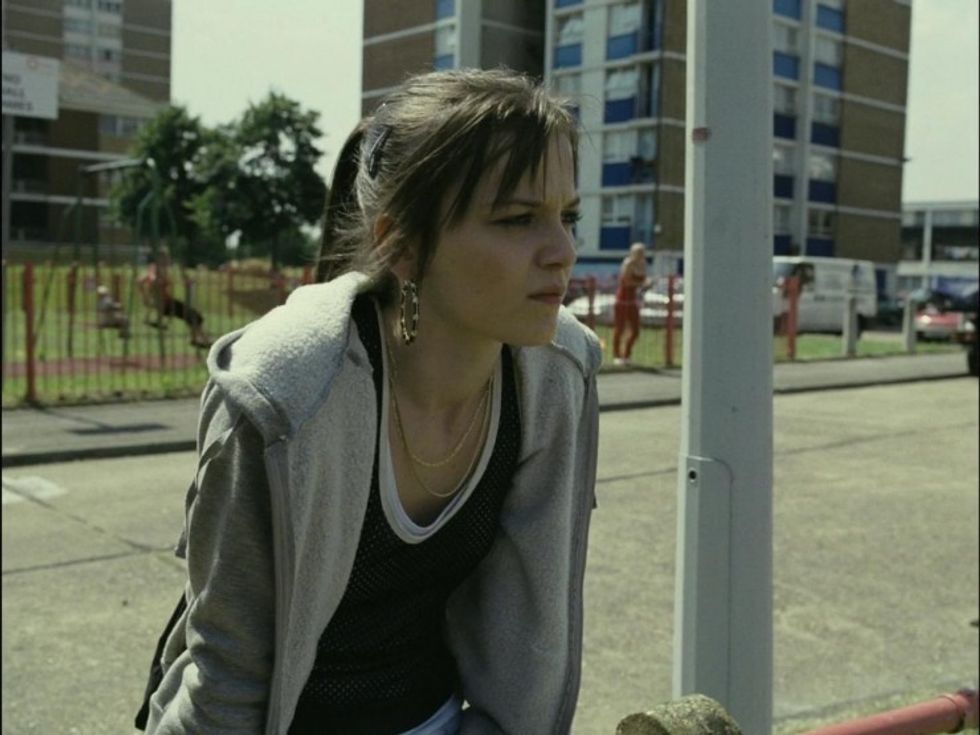
Summing Up "What Is the Male Gaze?"
Hopefully, this post has opened your eyes to a new way of looking at film and TV shows. This is not just for the male viewer and male audience, I think we all need to learn these lessons and see them out into action.
Even if we don't agree with them, we have to know and understand them to make great cinema and television.
Not treating people like sexualized objects is a hard task in art, and we've had decades of the female body being exploited.
It's time to be more creative and to take bigger chances by doing something different.
But that's just my opinion about depicting characters on screen—I'd love to hear yours in the comments.

 Richard Gere and Uma Thurman in 'Oh, Canada' via Kino Lorber
Richard Gere and Uma Thurman in 'Oh, Canada' via Kino Lorber  Uma Thurman in 'Oh, Canada'via Kino Lorber
Uma Thurman in 'Oh, Canada'via Kino Lorber 









